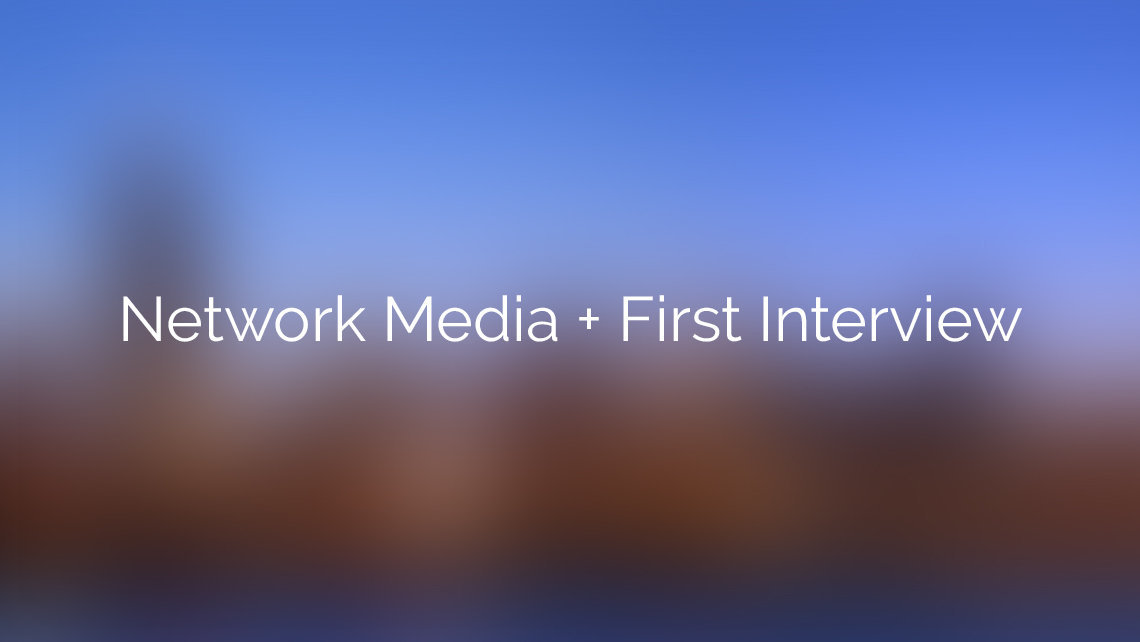Network Media + First Interview
Rohith Perumalla | 10/2/2016 Download Post

This week I studied network media and had my first research interview! I learned about the various types of network media, including: copper, fiber, and radio, and their pros and cons. Currently copper is the most common form of media due to its improving speeds and affordable cost, since the media is susceptible to electromagnetic interference and crosstalk, shielded cables have been designed to resist electromagnetic interference and twisted cables designed to resist crosstalk. Fiber is the fastest source of media due to its use of light and laser; however, fiber is fairly expensive and extremely delicate and can improperly function if a containing breaks or improperly aligned. To avoid breaks fiber is often layered with rubber on the cladding, and expensive machinery is used to ensure that fibers are properly aligned. I learned about another form of media, radio, commonly used in satellite, cellular, and Wi -Fi. Radio offers the most versatility due to the wireless nature of the connection, but, can be affected by electromagnetic interference or other devices running on the same frequency. While I learned about the various media types I also learned about the data transferred, measured in throughput, how media transmits the data using Manchester encoding, asynchronous transmission or some other form of encoding/transmission, and how the media ensures data is complete using Cyclic Redundancy Check. This I also had a research interview with the University Distinguished Chair and Professor of Computer Science and Engineering of Southern Methodist University, Dr. Suku Nair, where we discussed Software Defined Networks (SDN), Cloud Computing, Inversion Systems, and the pros and cons of the innovations in technology. Some of the innovations and changes we discussed included: the ease of accessibility of information, but how that is affecting our privacy; the increased speed of networks allowing more dependency on cloud computing and storage, and more. Overall this week I learned a lot about what networks use to transfer data, I enjoyed meeting Dr.Nair and learning from him, and I can't wait to meet more professionals!